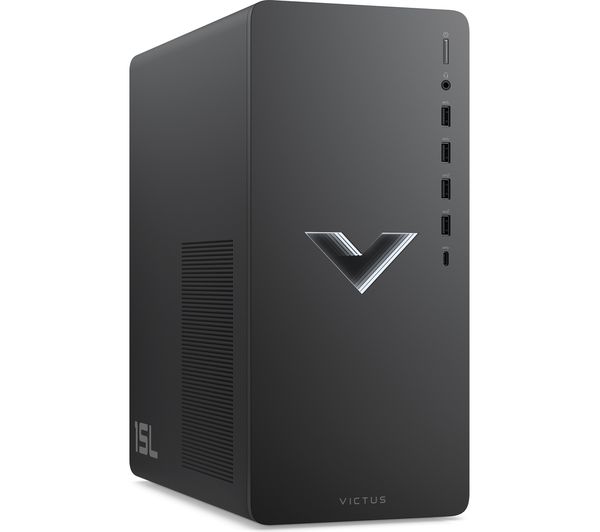Artificial intelligence (AI) is transforming the world in unprecedented ways. But developing AI solutions can be challenging and time-consuming. How can you speed up your AI development process and unleash your creativity? The answer is Jupyter Notebook.
Jupyter Notebook is an open-source web application that lets you create and share documents that contain live code, equations, visualisations, and text. Data scientists and AI developers widely use it to explore data, prototype models, test hypotheses, and communicate results. Jupyter Notebook supports over 40 programming languages and integrates with many popular frameworks and libraries for AI.
Jupyter Notebook can help you accelerate your AI development process by enabling interactive and iterative experimentation, facilitating collaboration and reproducibility, and providing a rich set of tools and features. Jupyter Notebook is also a platform for innovation and education, as it has been used to create novel AI applications, teach AI concepts and skills, and inspire the next generation of AI enthusiasts.
we will show you how to use Jupyter Notebook to perform data analysis, build and train AI models, deploy, and monitor your AI solutions, and collaborate and share your work with others. By the end of this article, you will be ready to use Jupyter Notebook to develop AI solutions faster and easier.
Benefits of using Jupyter Notebook for AI development
Jupyter Notebook is a powerful tool for AI development that enables you to experiment, collaborate, reproduce, and document your code and results in an interactive web application.
With Jupyter Notebook, you can speed up your AI development process by using various languages, frameworks, and libraries, sharing, and running your notebooks online or offline, tracking and ensuring the consistency of your code execution, and creating rich and engaging documents that combine code, output, text, and visualisations.
- Speed: Jupyter Notebook allows you to segment your code and re-run segments without losing the values of variables from previous segments. This enables you to quickly test different approaches and fine-tune your parameters. Jupyter Notebook also supports over 40 programming languages and integrates with many popular frameworks and libraries for AI, such as TensorFlow, PyTorch, Scikit-Learn, and Azure Machine Learning.
- Collaboration: Jupyter Notebook makes it easy to share your work with others by allowing you to export your notebooks as HTML, PDF, or other formats. You can also use tools like GitHub or Google Colab to host and collaborate on your notebooks online. Jupyter Notebook also facilitates reproducibility by enabling you to document your code, data, results, and explanations in a single document.
- Reproducibility: Jupyter Notebook helps you ensure that your results are consistent and reliable by allowing you to track the execution order and state of your code cells. You can also use tools like Binder or Docker to create executable environments that contain all the dependencies and configurations needed to run your notebooks.
- Documentation: Jupyter Notebook allows you to create rich and interactive documents that combine code, output, text, equations, and visualisations. You can use Markdown, LaTeX, HTML, and other formats to format your text and add images, videos, or links. You can also use widgets, extensions, dashboards, and magic commands to enhance your notebooks with additional functionality and customisation
How to use Jupyter Notebook for AI development
If you want to speed up your AI development process and unleash your creativity, you should try Jupyter Notebook. Jupyter Notebook is a powerful tool that allows you to experiment, collaborate, reproduce, and document your AI projects. Setting up Jupyter Notebook: To use Jupyter Notebook, you need to install Python and Jupyter on your local machine or a server. You can also use a cloud service like Google Colab or Vertex AI Workbench that provides pre-configured Jupyter environments. Alternatively, you can use a container image from the NGC catalogue that contains Jupyter and other AI frameworks and libraries.
Creating a new notebook: To create a new notebook, you need to launch the Jupyter Notebook server by running jupyter notebook in your terminal or by using a web interface provided by your cloud service. Then, you can select New and choose the programming language you want to use for your notebook. A notebook consists of cells that can contain code or text.
Importing data: To import data into your notebook, you can use various methods depending on the source and format of your data. For example, you can use Python libraries like Pandas or Numpy to read data from CSV files, JSON files, databases, or web APIs. You can also use Google Cloud Storage or BigQuery to access data stored in the cloud
Cleaning data: To clean data in your notebook, you can use various techniques depending on the type and quality of your data. For example, you can use Pandas or Scikit-Learn to handle missing values, outliers, duplicates, or inconsistent formats. You can also use Matplotlib or Seaborn to visualise your data and identify any issues or patterns.
Training a model: To train a model in your notebook, you can use various frameworks and libraries depending on the type and complexity of your AI problem. For example, you can use TensorFlow or PyTorch to build and train deep learning models for computer vision, natural language processing, or reinforcement learning. You can also use Scikit-Learn or XGBoost to build and train machine-learning models for regression, classification, or clustering.
Evaluating a model: To evaluate a model in your notebook, you can use various metrics and methods depending on the type and goal of your AI problem. For example, you can use Scikit-Learn or TensorFlow to calculate accuracy, precision, recall, F1-score, ROC curve, or confusion matrix for classification problems. You can also use Matplotlib or Seaborn to plot learning curves, validation curves, or error analysis for regression problems
Deploying a model: To deploy a model from your notebook, you can use various tools and platforms depending on the target environment and scale of your AI solution. For example, you can use TensorFlow Serving or PyTorch Serve to create a REST API for your model that can be accessed by other applications. You can also use Vertex AI Prediction or Amazon SageMaker to deploy your model to the cloud and manage its lifecycle
Tips and tricks for using Jupyter Notebook for AI development.
Using notebooks to share your work: Jupyter Notebook makes it easy to share your work with others by allowing you to export your notebooks as HTML, PDF, or other formats. You can also use tools like GitHub or Google Colab to host and collaborate on your notebooks online. You can also use tools like Binder or Docker to create executable environments that contain all the dependencies and configurations needed to run your notebooks.
Using notebooks to document your work: Jupyter Notebook allows you to create rich and interactive documents that combine code, output, text, equations, and visualisations. You can use Markdown, LaTeX, HTML, and other formats to format your text and add images, videos, or links. You can also use widgets, extensions, dashboards, and magic commands to enhance your notebooks with additional functionality and customisation.
Using notebooks to debug your code: Jupyter Notebook allows you to debug your code interactively by using various methods and tools. For example, you can use the %debug magic command to enter the interactive debugger, inspect the variables, and stack traces. You can also use the %pdb magic command to automatically enter the debugger when an exception occurs. You can also use tools like ipdb or pdb++ to enhance your debugging experience.
Using notebooks to automate your workflow: Jupyter Notebook allows you to automate your workflow by using various techniques and tools. For example, you can use the %%writefile magic command to write the contents of a cell to a file. You can also use the ! operator to run shell commands from within a cell. You can also use tools like Papermill or nbconvert to parameterise and execute your notebooks programmatically.
Conclusion
Jupyter Notebook is a versatile and powerful tool that can help you develop AI solutions faster and easier. By using Jupyter Notebook, you can benefit from its interactive and iterative features, its collaboration and reproducibility capabilities, and its rich and engaging documentation options. You can also use Jupyter Notebook to create novel and innovative AI applications, to teach and learn AI concepts and skills, and to inspire the next generation of AI enthusiasts. In this article, we have shown you how to use Jupyter Notebook for various stages of AI development, from setting up your environment to deploying your model. We have also shared some tips and tricks to make your Jupyter Notebook experience more efficient and enjoyable. We hope that this article has given you some insights and inspiration to use Jupyter Notebook for your own AI projects. Happy coding!





















